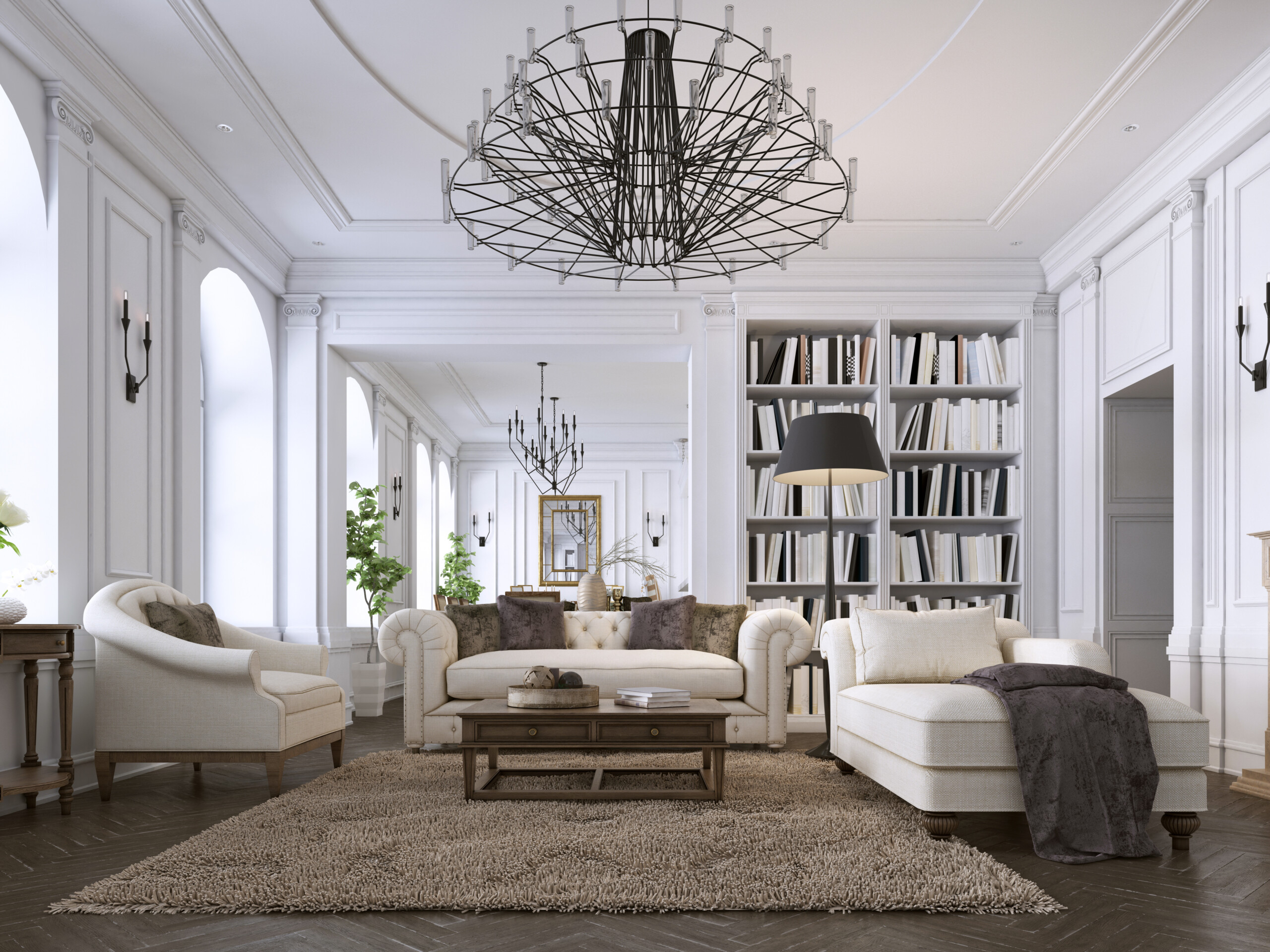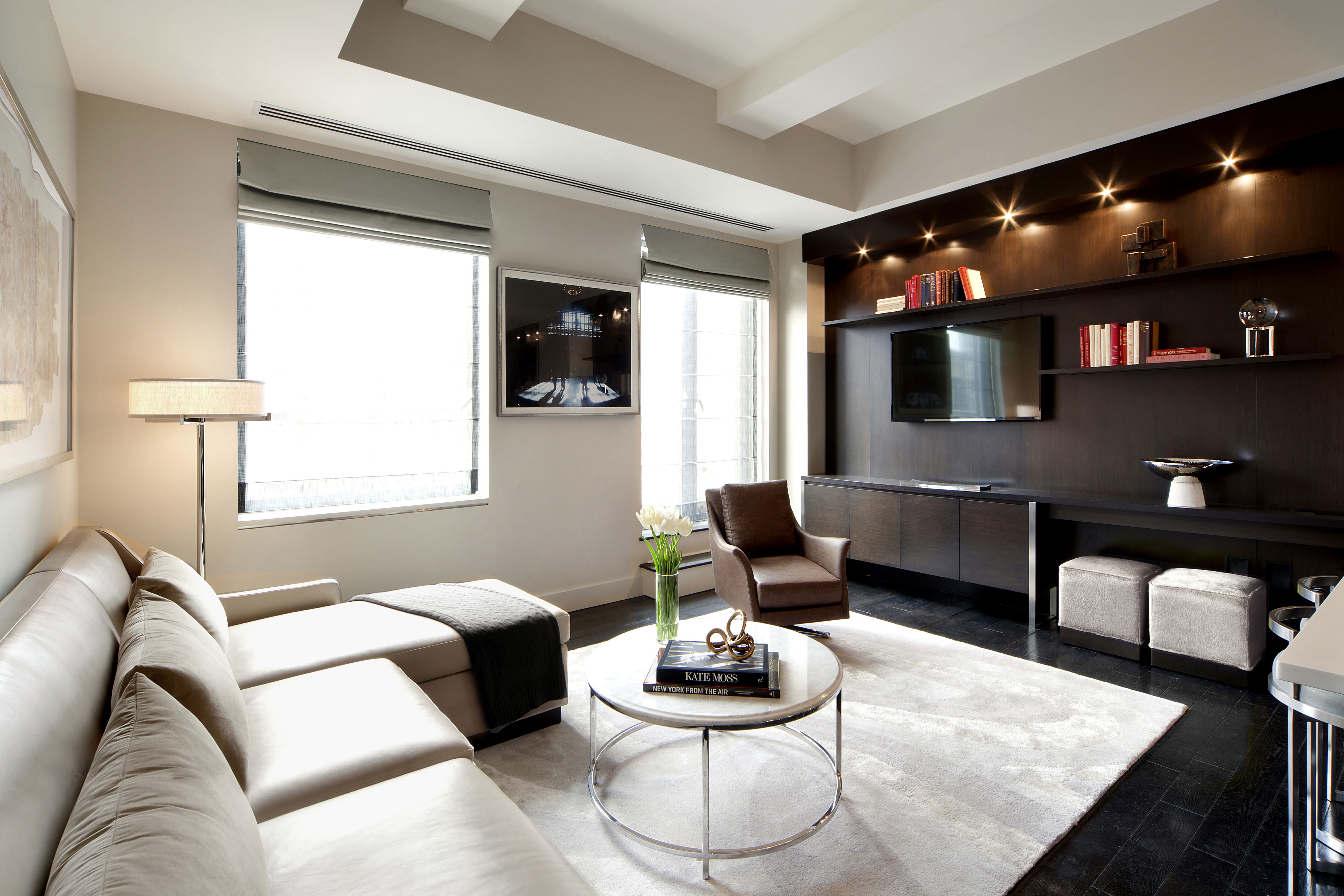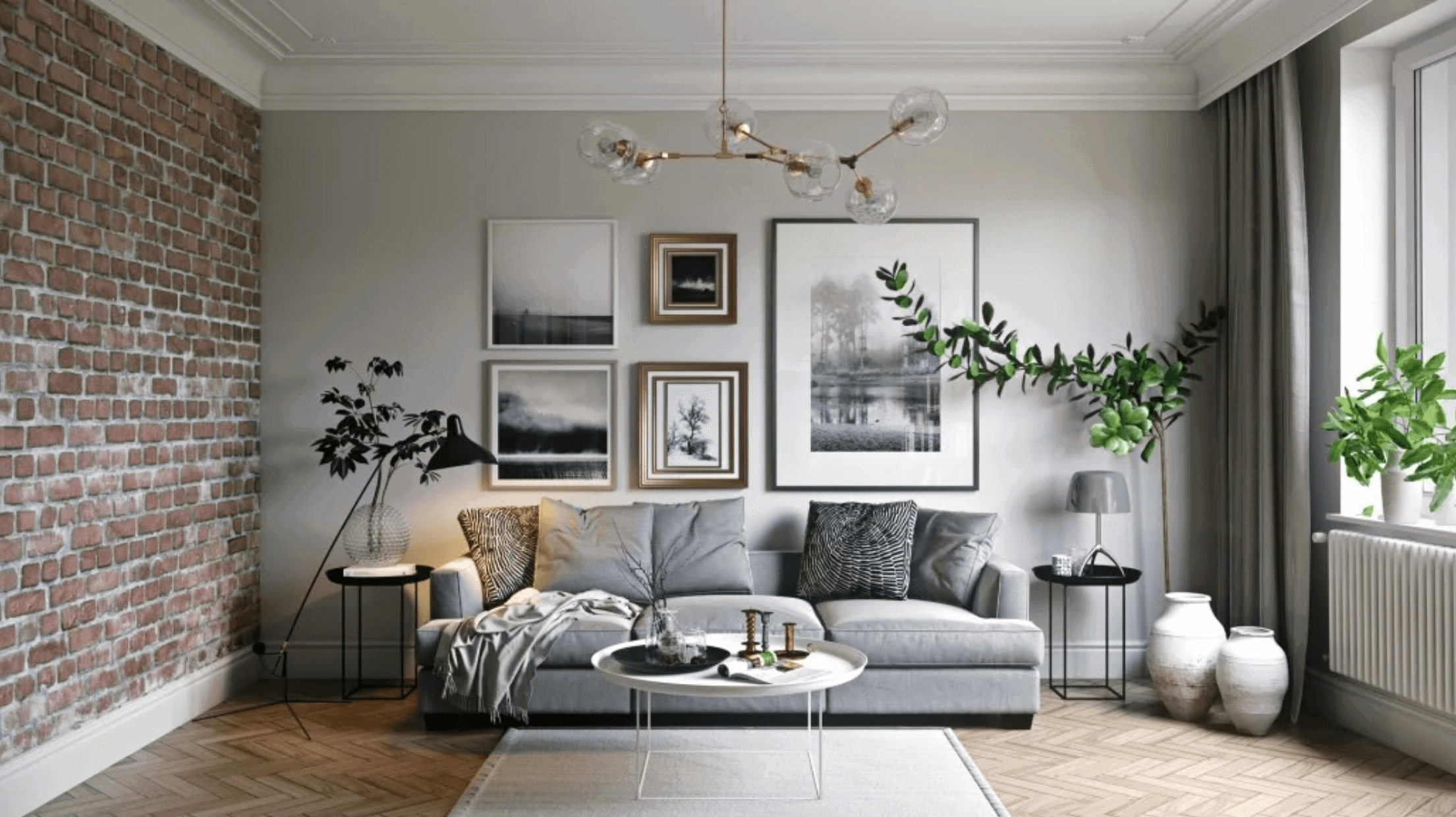Interior Design Concepts and Styles

Room interior design – Interior design encompasses a wide array of concepts and styles, each with its own distinct characteristics, color palettes, and furniture choices. Understanding these styles is essential for creating a cohesive and visually appealing living space.
One of the most popular interior design styles is modern, characterized by clean lines, neutral colors, and an emphasis on functionality. Contemporary style, often used interchangeably with modern, shares many of its attributes but incorporates more organic forms and bolder colors.
Traditional Style
Traditional style draws inspiration from historical periods, such as Victorian, Georgian, and French Country. It is characterized by ornate details, rich fabrics, and a warm, inviting ambiance.
Scandinavian Style, Room interior design
Scandinavian style emphasizes simplicity, functionality, and natural materials. It features light colors, clean lines, and a focus on creating a cozy and inviting atmosphere.
Industrial Style
Industrial style is inspired by old factories and warehouses. It incorporates raw materials, exposed brick, and metal accents. This style creates a unique and edgy aesthetic.
Room Layout and Space Planning

Room layout and space planning are crucial aspects of interior design, as they determine the functionality, comfort, and overall aesthetic appeal of a space. Understanding the principles of space planning and room layout is essential for creating well-designed interiors that meet the specific needs and preferences of the occupants.
Effective space planning involves carefully considering the purpose and activities that will take place in a room, as well as the flow of movement and natural light. Furniture arrangement plays a significant role in defining the layout and creating a cohesive and inviting space.
Furniture Arrangement
When arranging furniture, it’s important to consider the following principles:
- Focal point: Identify a focal point in the room, such as a fireplace, window, or artwork, and arrange furniture to draw attention to it.
- Flow of movement: Ensure that there is a clear path for movement throughout the room, avoiding any obstacles or cramped areas.
- Conversation areas: Create designated areas for conversation by arranging seating in a way that encourages interaction.
- Functionality: Consider the intended use of the space and arrange furniture accordingly, ensuring that it meets the specific needs and activities.
Color and Material Selection: Room Interior Design

Color and material selection are pivotal elements in interior design, profoundly influencing the ambiance and overall aesthetic of a room. Understanding color theory and choosing materials that complement each other are crucial for creating a cohesive and visually appealing space.
Color Theory and Schemes
Color theory provides a framework for understanding how colors interact and affect the human eye. The color wheel, consisting of primary, secondary, and tertiary colors, serves as a guide for creating harmonious color schemes. Monochromatic schemes utilize shades and tints of a single color, while analogous schemes combine adjacent colors on the color wheel. Complementary schemes create contrast by pairing colors opposite each other on the wheel, while triadic schemes utilize three evenly spaced colors.
Material Selection and Harmony
The choice of materials in interior design should complement the color scheme and overall design concept. Natural materials such as wood, stone, and leather bring warmth and texture to a space. Metallics add a touch of sophistication and can be used as accents or statement pieces. Fabrics play a vital role in creating a comfortable and inviting atmosphere, adding softness and texture to a room.
Examples of Effective Combinations
A serene and calming bedroom can be created by pairing soft blues and greens with natural wood accents. A bold and dramatic living room can be achieved by combining deep reds and blacks with metallics and leather. A warm and inviting kitchen can be designed using earthy tones such as browns, oranges, and yellows, complemented by natural stone and wood.